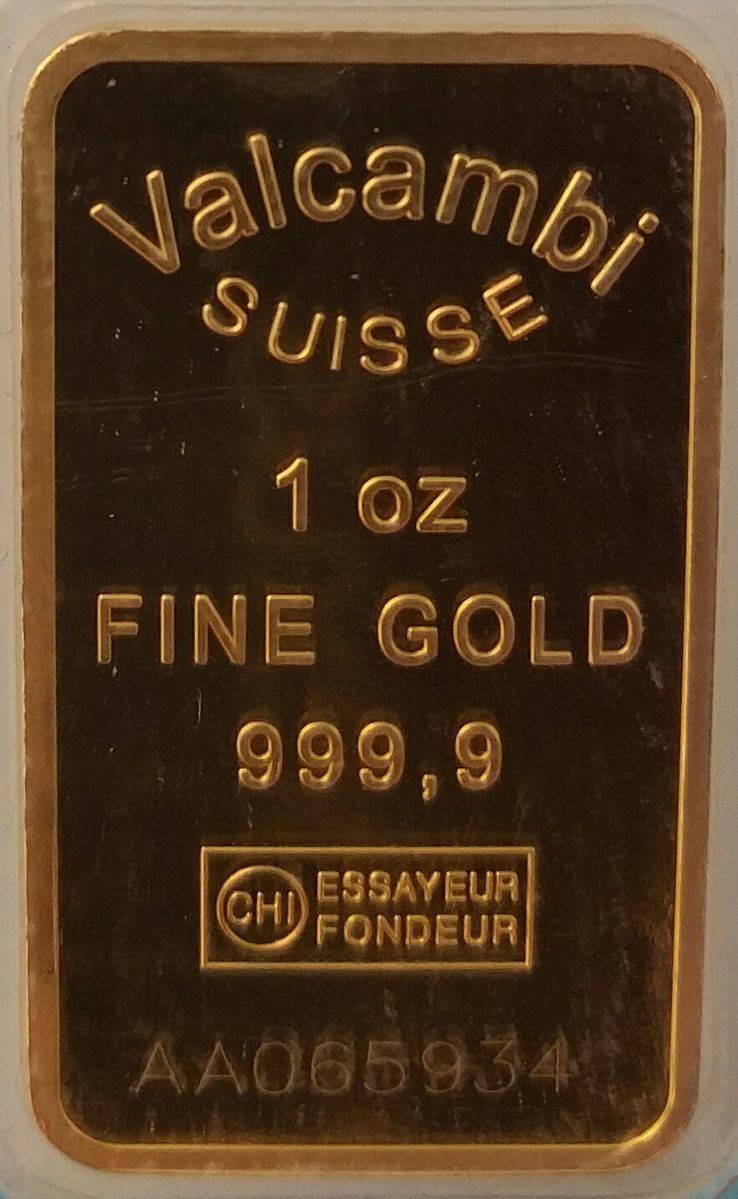 | ||
The fineness of a precious metal object (coin, bar, jewelry, etc.) represents the weight of fine metal therein, in proportion to the total weight which includes alloyed base metals and any impurities. Alloy metals are added to increase hardness and durability of coins and jewelry, alter colors, decrease the cost per weight, or avoid the cost of high-purity refinement. For example, copper is added to the precious metal silver to make a more durable alloy for use in coins, housewares and jewelry. Coin silver, which was used for making silver coins in the past, contains 90% silver and 10% copper, by mass. Sterling silver contains 92.5% silver and 7.5%, by mass, of other metals, usually copper.
Contents
- Millesimal fineness
- Platinum
- Gold
- Silver
- Karat
- Measure
- Volume
- Etymology
- Fine weight
- Troy mass of silver content
- References
Various ways of expressing fineness have been used and two remain in common use: millesimal fineness expressed in units of parts per 1,000 and karats used only for gold. Karats measure the parts per 24, so that 18 karat = 18/24 = 75% and 24 karat gold is considered 100% gold.
Millesimal fineness
Millesimal fineness is a system of denoting the purity of platinum, gold and silver alloys by parts per thousand of pure metal by mass in the alloy. For example, an alloy containing 75% gold is denoted as "750". Many European countries use decimal hallmark stamps (i.e. '585', '750', etc.) rather than '14K', '18K', etc., which is used in the United Kingdom and United States.
It is an extension of the older karat system of denoting the purity of gold by fractions of 24, such as "18 karat" for an alloy with 75% (18 parts per 24) pure gold by mass.
The millesimal fineness is usually rounded to a three figure number, particularly where used as a hallmark, and the fineness may vary slightly from the traditional versions of purity.
Here are the most common millesimal finenesses used for precious metals and the most common terms associated with them.
Platinum
Gold
Silver
Karat
The karat (not carat as a unit of mass; symbol: K or kt; US) or carat (symbol: C) is a fractional measure of purity for gold alloys, in parts fine per 24 parts whole. The karat system is a standard adopted by US federal law.
Measure
Karat purity is measured as 24 times the pure mass divided by the total mass:
where
Therefore, 24-karat gold is pure (while 100% purity is unattainable, this designation is permitted in commerce for 99.95% purity), 18-karat gold is 18 parts gold, 6 parts another metal (forming an alloy with 75% gold), 12-karat gold is 12 parts gold (12 parts another metal), and so forth.
In England, the karat was divisible into four grains, and the grain was divisible into four quarts. For example, a gold alloy of
The karat fractional system is increasingly being complemented or superseded by the millesimal system, described above.
Conversion between percentage of pure gold and karats:
Volume
However, this system of calculation gives only the mass of pure gold contained in an alloy. The term 18-karat gold means that the alloy's mass consists of 75% of gold and 25% of alloy(s). The quantity of gold by volume in a less-than-24-karat gold alloy differs according to the alloy(s) used. For example, knowing that standard 18-karat yellow gold consists of 75% gold, 12.5% silver and the remaining 12.5% of copper (all by mass), the volume of pure gold in this alloy will be 60% since gold is much denser than the other metals used: 19.32 g/cm3 for gold, 10.49 g/cm3 for silver and 8.96 g/cm3 for copper.
This formula gives the amount of gold in cubic centimeters or in milliliters in an alloy:
where
To have the percentage of the volume of gold in an alloy, divide the volume of gold in cubic centimetres or in millilitres by the total volume of the alloy in cubic centimetres or in millilitres.
For 10-carat gold, the gold volume in the alloy represents about 26% of the total volume for standard yellow gold. Talking about purity according to mass could lead to some misunderstandings; for many people, purity means volume.
Etymology
Karat is a variant of carat. First attested in English in the mid-15th century, the word carat came from Middle French carat, from Italian carato, both which came from Greek kerátion (κεράτιον) meaning carob seed (literally "small horn") (diminutive of κέρας - keras, "horn"), also from Arabic qīrāṭ meaning "fruit of the carob tree", also "weight of 4 grains", (قيراط) and was a unit of mass though it was probably not used to measure gold in classical times.
In 309 CE, Roman Emperor Constantine I began to mint a new gold coin solidus that was 1⁄72 of a libra (Roman pound) of gold equal to a mass of 24 siliqua, where each siliqua (or carat) was 1⁄1728 of a libra. This is believed to be the origin of the value of the karat.
Fine weight
A piece of alloy metal containing a precious metal may also have the weight of its precious component referred to as its fine weight. For example, 1 troy ounce of 18 karat gold (which is 75% gold) may be said to have a fine weight of 0.75 troy ounces.
Troy mass of silver content
Fineness of silver in Britain was traditionally expressed as the mass of silver expressed in troy ounces and pennyweights (1/20th of a Troy ounce), in one troy pound (12 troy ounces) of the resulting alloy. Britannia silver has a fineness of 11 troy ounces, 10 pennyweights, or about 95.83% silver, whereas sterling silver has a fineness of 11 troy ounces, 2 pennyweights, or about 92.5% silver.
